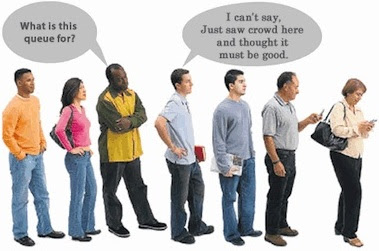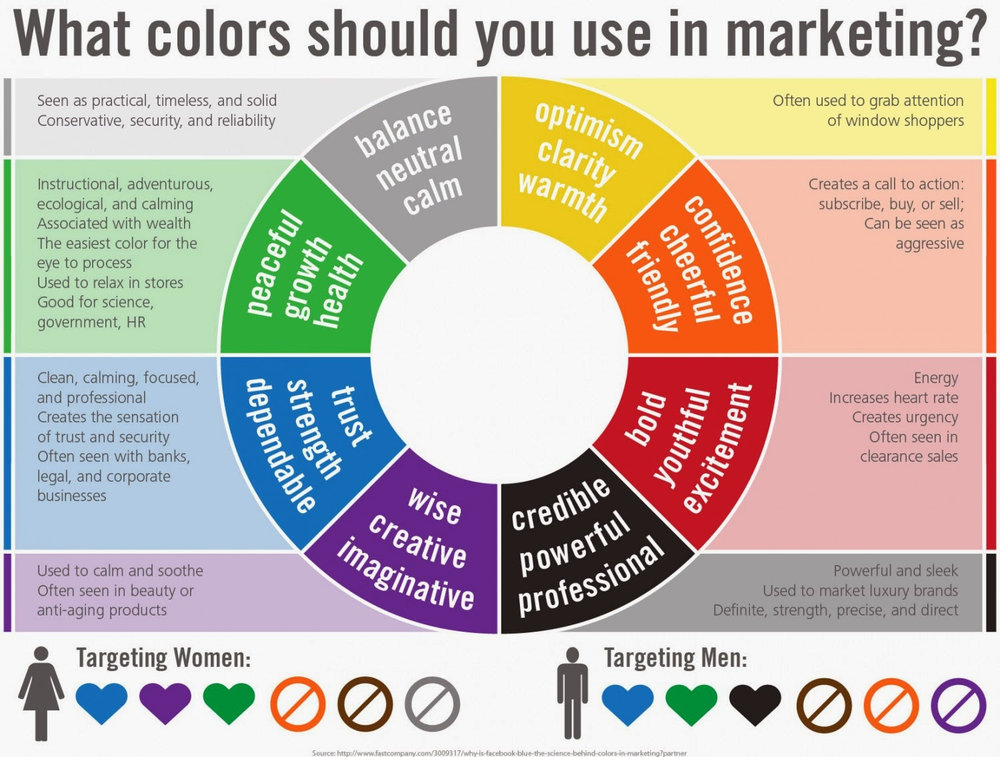Human behavior has long been studied and researched. Here are 5 Psychological phenomenons that explain how to influence consumer behavior.
1. Social Proof
Social Proof, also known as the as informational social influence is the effect that describes when people will copy the actions of others in order to follow the “correct” behavior for a given situation. This can easily be translated into customer reviews, when a consumer sees other happy purchasers rating the product 5 starts, they too, will want to buy the good product.

2. Color
Multiple studies have been done to see the influence of color on the decision making behavior of consumers. The Von Restorff effect, also known as the isolation effect, is a phenomenon that predicts that whatever stands out is more likely to be remembered. Over 50% of a consumers buying decision is made on color alone. Make sure that your company logo is unique and has a good color scheme!

3. Reciprocity
A study done by Dr. Robert Caldini in 2002 showed that waiters’ tips would increase by 3% if customers received an after dinner mint, and by 20% if they have the customers two mints! When delivering the second mind, the waiter would look at the patron and tell them it was specifically for them.
By giving the customers something more personalized, from a note pad with their name to an email, they will feel happy and want to return the sentiment, greatly benefiting your company.

4. Decoy Effect
The Decoy Effect is a phenomenon where consumers will change their preference between two options when a third, skewed option is dominated. For example, a magazine description describing these three options were given to a consumer:
- Online subscription: $59
- Print subscription: $125
- Online and print subscription: $125
When presented with these options, the third one was chosen majority of the time. The print subscription was placed there as a decoy, to influence consumers to choose the bundle for the supposedly better deal.
5. Scarcity
In social sciences, scarcity can be used to measure consumers behavior. Consumers tend to place a higher value on products that scant versus those that are in high supply. When at a cafe, people tend to choose the cookie that has two left compared to the full container. Plane tickets or clothing will go by faster when you see “Only three left!”

